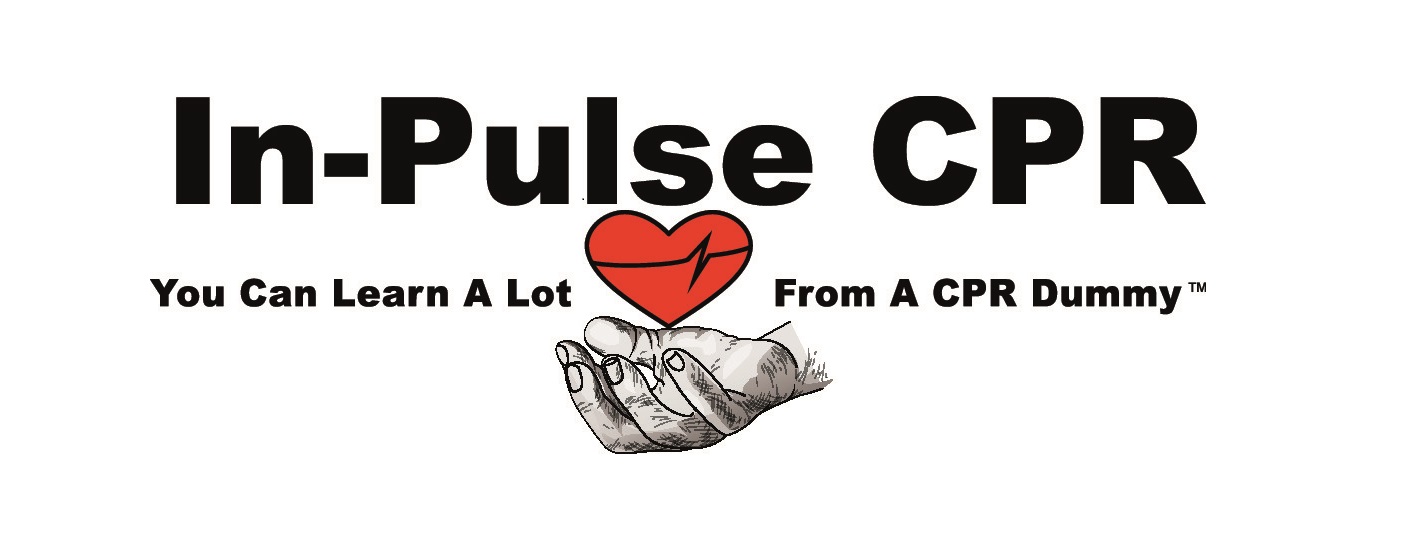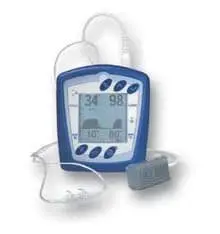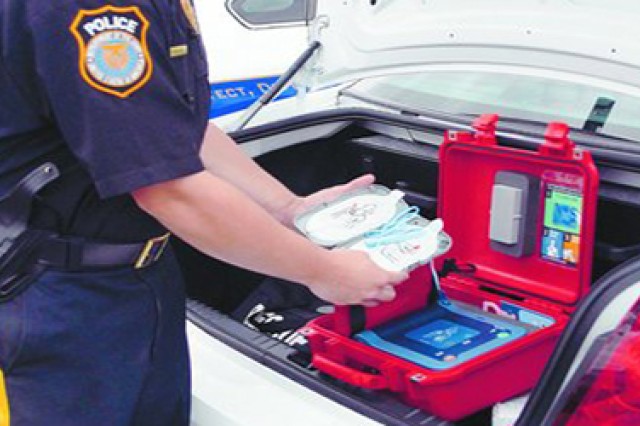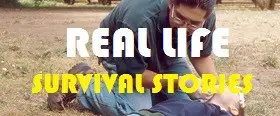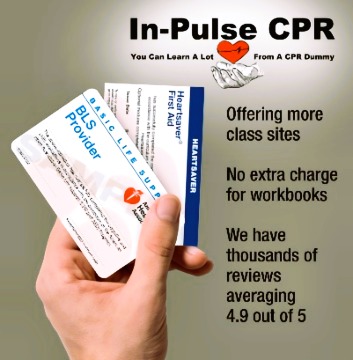Father and Daughter Saved
A Chicago man and his daughter were saved from drowning in choppy Lake Michigan, when fast-acting bystanders pulled them from the water. The father undoubtedly would have died on shore if a rescuer hadn’t put his CPR training to quick use.
The 14-year old girl was floundering in waves up to four feet high off a beach in St. Joseph, Michigan. She called to her father for help, but he was overcome too. A nearby swimmer pulled the daughter to safety, while two others went to the father’s aid. When they got Fidel Chavez to shore, he was unconscious. One of the good Samaritans began CPR on the 49-year old man, and when medical help arrived, his breathing and heartbeat had been restored. He was later released from a local hospital.
This is a story of heroism, of course, but it also underscores the fact that knowing which CPR method to use makes the difference between life and death. When someone collapses suddenly, the cause is almost always heart attack. In that case, the American Heart Association emphasizes that restoring or replacing the heartbeat through Continuous Chest Compressions (CCC), rather than alternating between compressions and breaths into the victim’s lungs, greatly increases both survival and successful outcomes.
On the other hand, if the problem is respiratory – as in drug overdose, choking or near drowning – traditional CPR still is recommended. How to tell the difference? One word: training, which also is the key to proper application. Understanding the situation doesn’t help much if we don’t know how to respond, but fast. The first few minutes are critical.
Like so many things in life, CPR is simple once I’ve been taught how to do it. And, like riding a bicycle, the knowledge stays with me. The statistics are unequivocal: your chances of surviving a critical event without further complications increase three-fold if at least one person nearby knows CPR and begins it quickly. Those are great odds, especially considering the alternative. Ask Fidel Chavez and his family.
“Why am I here?” It’s a question most of us ask ourselves at one time or another. Anyone who’s been trained in CPR and puts it to good use – on a stranger or, more poignantly, a loved one – always will have an answer




